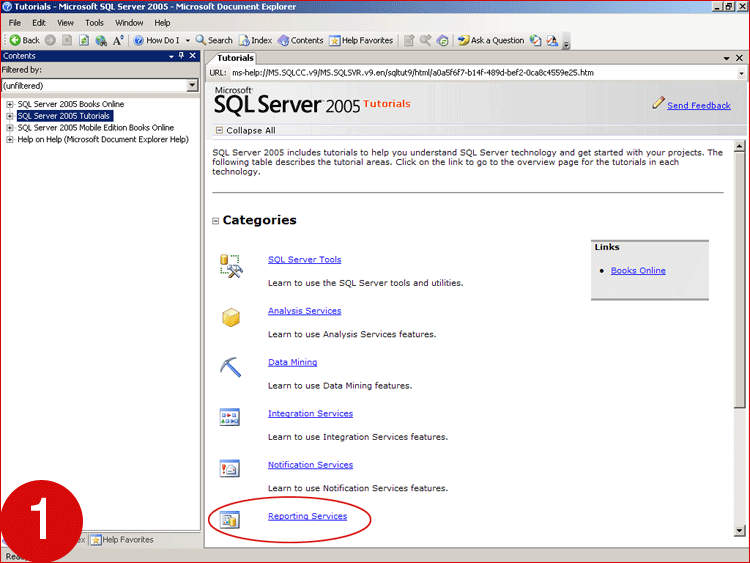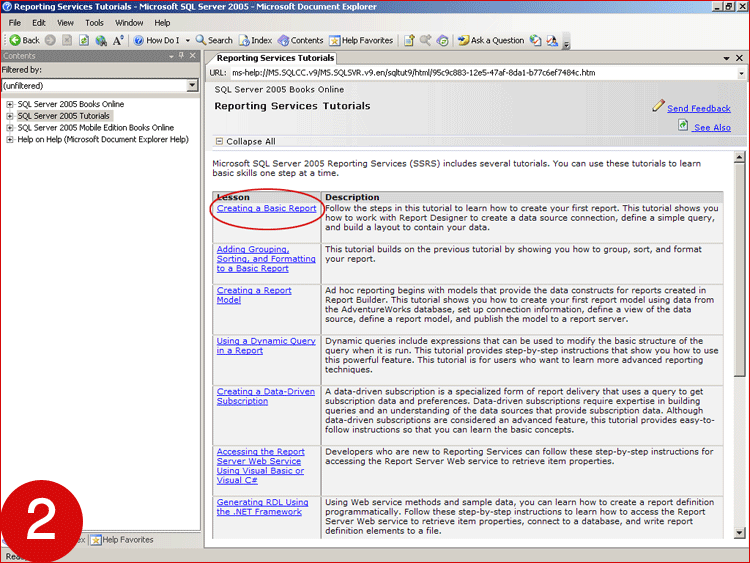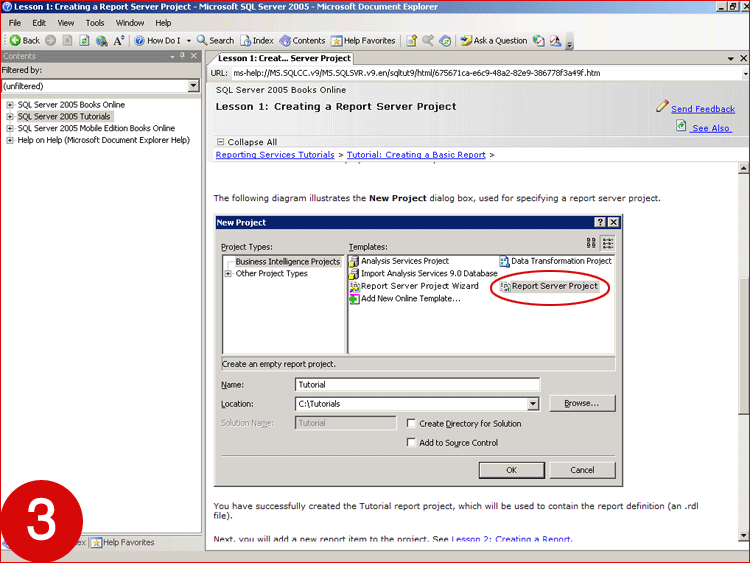ASP.NET Report gives you the way to implement Report Sheet, which can use to View summations, totals, counts or complete list of records. Reporting Services sheets serve your ERP, Point of Sale Stock market and other applications.
-
SQL Server Reporting Services allows you to design and deploy nicely formatted and interactive reports representative of your data. Suitable for print or online distribution, these reports and it allows you to get professional results very quickly.
-
Reporting Services, you don't need to install services or to add DLL file, just using the Dot Net Framework, but you will find that in crystal reports.
-
Microsoft promotes Reporting Services as part of their Business Intelligence solution.
-
It is so better to use Typed Dataset as Data Source for ASP.NET Report.
Introduction :-
Performance, Saving Time :
Today, developers should keep in mind important points: (Performance) and (Developing Time).
Reporting Services provide quickly way to finish your Reports module.
Reporting Services also concern about performance of web page rendering and page size.
There are two types of ASP.Net Reports:
-
A built-in version of Crystal Reports.
-
Microsoft Reporting Service Reports (SQL Server Reporting Services SSRS).
The advantage of Reporting Service:
Although that ASP.NET Reporting Service Template is the first attempt at reporting forms created by Microsoft in Visual Studio 2005, but it come with advanced experience issue.
On other words, Microsoft SQL Server Reporting Services (SSRS) provides a full range of ready-to-use tools and services to help you create, deploy, and manage reports for your organization, as well as programming features that enable you to extend and customize your reporting functionality.
Reporting Services includes a complete set of tools for you to create, manage, and deliver reports, and APIs that enable developers to integrate or extend data and report processing in custom applications.
-
We observe that " Microsoft Reporting Service " , means this product will be more compatible for Microsoft ASP.NET Application.
-
Data Connectivity: shared data source as Typed DataSet, DataSet.
-
ASP.Net Reporting Service suit with Style Sheets (CSS).
-
There is NO POSTBACK to bind the Report.
-
Compatible with AJAX.
-
Draw the Report as to want (free-form reports from relational), to be suit for you graphic Design.
-
Supported to Unicode languages like Arabic.
-
Fully integrated with SQL Server tools and components.
See more in
MSDN ref1: http://msdn.microsoft.com/en-us/library/ms159106.aspx
MSDN ref2: hhttp://msdn.microsoft.com/en-us/library/ms156482.aspx
ASP.NET ref3: http://www.asp.net/learn/sql-videos/video-112.aspx
Getting Started (Follow me !!) :
To understand the Reporting Service using SQL Server 2005 do the following steps :
-
Open Start / All Programs
-
Select:
Microsoft SQL Server 2005 / Documentation and Tutorials / Tutorials / SQL Server Tutorials
-
As you see in the following figures:

Figure 1.

Figure 2.

Figure 3.
Now, we will see in the following figures of my sample to how to develop ASP.NET Report using visual studio 2008.








